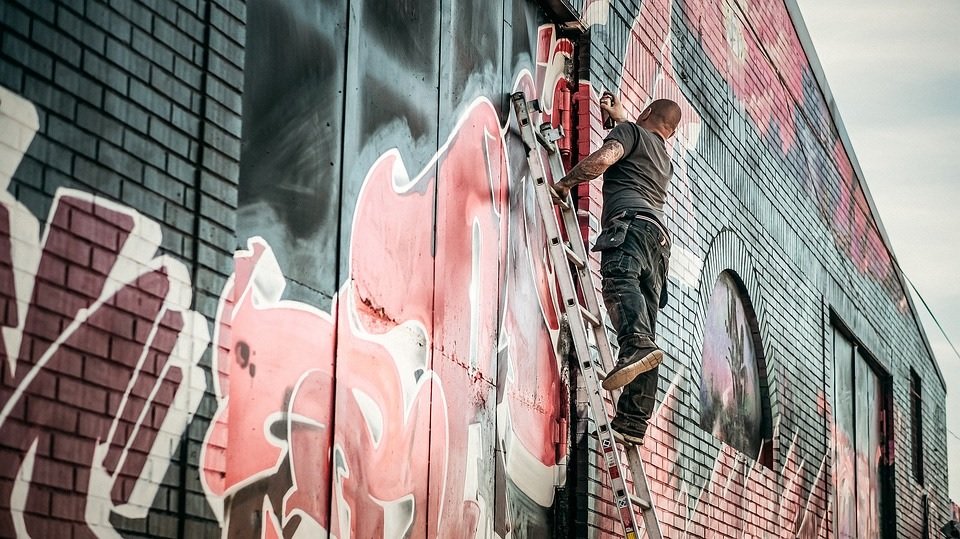
Do you feel as though your creativity is not appreciated in the workplace? If you don’t you are in good company, as a 2012 study by Adobe suggests that as many as three-quarters of us feel as though our creative potential is not being utilised, and may even be dwindling, when we are at work.
There are many reasons why this may be the case. Poor management may not be able to identify all of the talents that workers have at their disposal, the job you do may not lend itself to creativity or the employee may not be forthright enough in presenting ideas, thus giving no indication to management that they are able to offer more than may be immediately apparent.
In the modern economy, where the more creative industries are thriving like they never have before, this lack of innovation and new ideas is something that companies should be aiming to avoid. Instead, the focus needs to be placed on getting the most out of the minds of the best employees, so here are a few ways that you can encourage people to get their creative juices flowing to the benefit of your company.
Encouraging Communication
The first barrier to creativity in the workplace is a lack of communication. If you employees don’t feel comfortable presenting ideas to you, they may avoid doing so entirely, which could lead to good ideas slipping through the net.
To counter that, you need to work hard on creating an environment that encourages collaboration, conversation and communication, particularly between employees and upper management. This means building relationships with your employees and encouraging them to speak their minds and bring their thoughts to you. You may have creative minds sitting at desks working menial jobs, but you’d never know unless you actually talk to them, so ask questions and listen to the responses you get.
Less Focus On Productivity
Of course, productivity is very important in the workplace, but it’s not the only thing that matters. You wouldn’t know this from the stats though, as 80% of people in the US and UK feel as though the pressure is on to be more productive than creative at work, with that number rising to 85% in France.
The by-product of this is that management often pushes employees too far in terms of being productive, leaving them so drained that creativity is dulled. Perhaps a slightly altered approach is needed whereby employees don’t feel so pressured by tight deadlines that they can’t demonstrate creativity in their work. If you give people so much work that they can’t think of alternative ways to do things, you stifle creativity in the process.
Reward Creativity
This links back into the communication point that we mentioned earlier. Creative types should be rewarded when they contribute good ideas. This could be done through public acclaim, an incentive program or just a one-off reward for a good idea. Whatever you choice, it is important that those who have their creative juices flowing are rewarded for their efforts and, ideally, allowed to keep track of any changes that are made as a result of their ideas.
The flipside to this is that there are times when the idea doesn’t work out, for whatever reason. Some managers would be inclined to punish the person who came up with the idea in these cases, but that is entirely counterproductive and creates that unwanted workplace anxiety that results in fewer ideas being shared. Accept that sometimes good ideas may not work and keep encouraging the people who come up with new ways of thinking and doing things.

Know Your Employees
People respond differently to various forms of management. Some people like constant communication and to be kept in the loop about corporate issues that could affect the work they do, while others may prefer to be kept on a longer leash so that they can feel freer to experiment with whatever ideas they have in mind.
Being able to work with such a varied group of people requires management to have the ability to spot the strengths of employees and play to them. Oversight is required in all cases, of course, but if you have noticed that an employee works well in slightly different conditions than most, especially in terms of becoming more creative, you should try to accommodate this in whatever way you can.
Diversify The Team
You should aim for each member of your team to bring something a little different into the collective that nobody else has. This could relate to a skill, the level of experience or the cultural differences brought into the team by each member. The key is that this diversity allows for multiple approaches to be taken when the team is presented with a problem.
If everybody in your team comes from the same sort of background and education you will create what is known as a homogenous working environment that is unable to draw from varied experiences in coming up with ideas. This can be advantageous in some cases, but it is not beneficial to creativity from the collective and it also offers little chance for individuals to learn about new things that could have helped them to stretch their creative muscles.
Avoid Burnout
Perhaps above all else, you need to be aware that burnout is always going to be the enemy of creative thinking. This relates pretty directly to the previous point we made about putting less focus on productivity, but it also extends a little bit further too.
You will need to ensure that your employees are afforded plenty of breaks and that, as importantly, they actually take them. In essence, you will be encouraging them to switch off a little bit. That may seem counterintuitive, but anybody who has felt heavy stress at work will be able to tell you just how difficult it is to problem-solve when you can’t get your mind clear of stress. Encourage the taking of breaks, where appropriate, to keep your talent feeling fresh and energized.
The Final Word
Harnessing creativity in the workplace is difficult, but it is also important. Without creative types, your company may start to stagnate and get left behind in a world that is becoming increasingly fast-paced. To summarize:
- Encourage communication at every level of the company.
- Focus less on intense productivity and tight deadlines.
- Reward creativity in the workplace.
- Understand employees and what each individual brings to the table.
- Encourage diversity in your teams to allow for new ideas and perspectives to be introduced.
- Allow for breaks so that employees can avoid burning out.
Follow those six simple steps and you will be well-placed to start making the most out of the creative talent in your organization.
